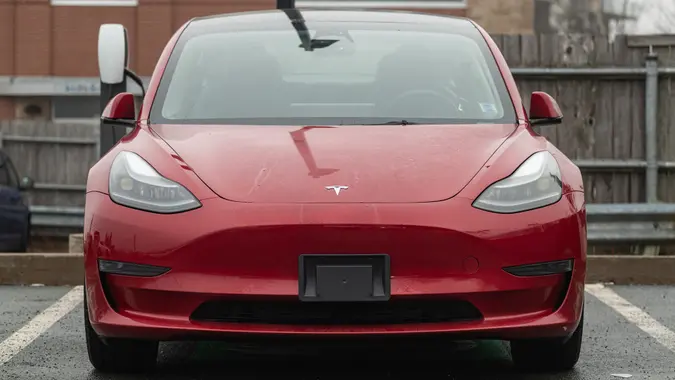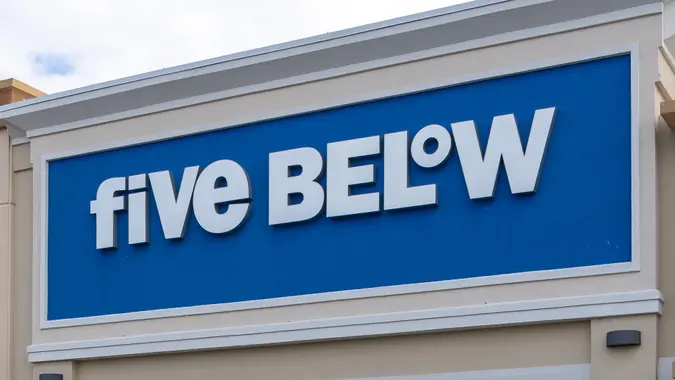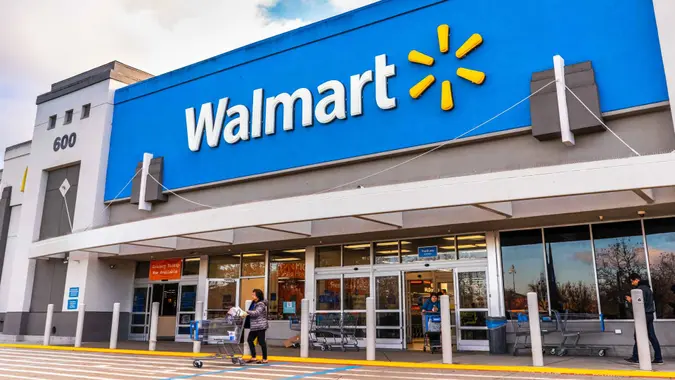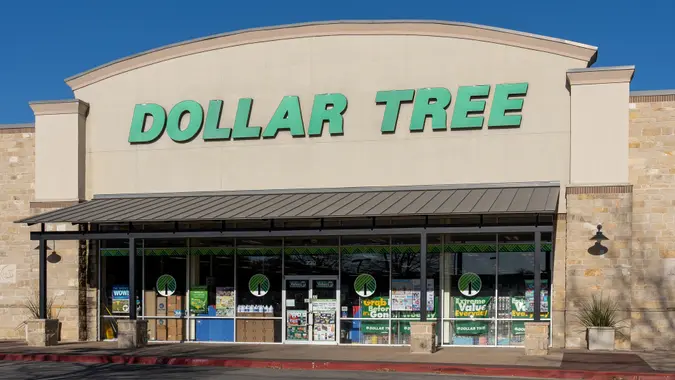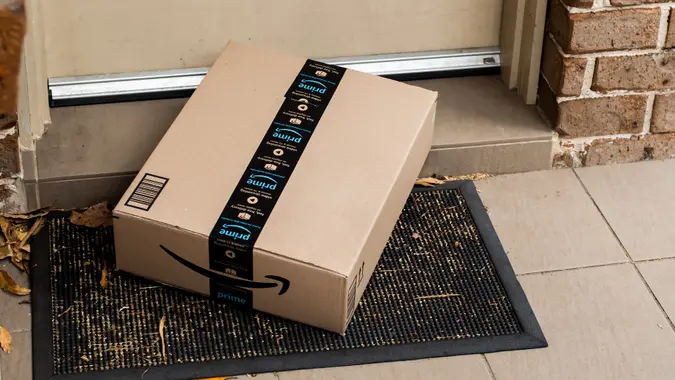This Simple Fridge and Pantry Hack Can Save You Money on Groceries
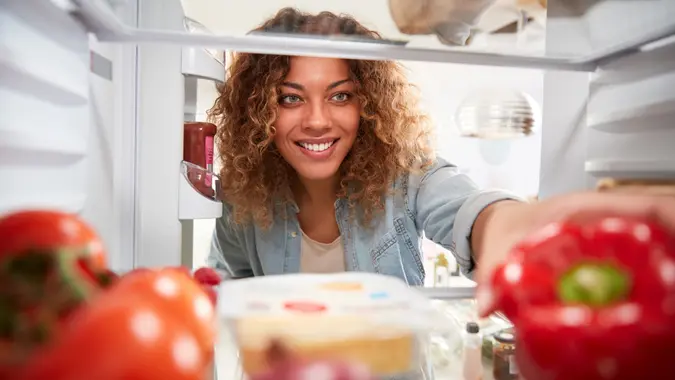
Commitment to Our Readers
GOBankingRates' editorial team is committed to bringing you unbiased reviews and information. We use data-driven methodologies to evaluate financial products and services - our reviews and ratings are not influenced by advertisers. You can read more about our editorial guidelines and our products and services review methodology.

20 Years
Helping You Live Richer

Reviewed
by Experts

Trusted by
Millions of Readers
A bag of slimy lettuce buried in the crisper. Yogurt that expired weeks ago. A stale box of Cheerios you forgot about. Fridges and pantries across America are packed with wasted grocery staples. And with grocery inflation getting worse, the costs can add up.
In fact, the USDA estimated the average family of four loses $1,500 annually to uneaten food. The good news? We found a simple kitchen hack on Instagram that can help keep your food fresh — and more money in your wallet.
Introducing the “Eat Me First” Bin Method
Many people are good at organizing their refrigerators and pantries by grouping food items: celery in one container; carrots in another; rice and pasta in a cabinet or the pantry. But what about the food that’s close to its expiration date? It often gets overlooked.
The “Eat Me First” Bin method is a simple, low-cost kitchen hack that can be the perfect solution. It curbs food waste, helps you eat food while it’s still fresh and stretches your grocery dollars.
How This Fridge and Pantry Hack Works
The first step is to get a clearly labeled storage bin. You’ll need one for the refrigerator and one for the pantry (Perhaps you already have labeled bins in your kitchen or other areas of your home for small storage). Once you have your bins or containers, label them: “Eat Me First.”
What Goes in the Bin
Place items in the bin that are close to their expiration date — such as produce or meats — and typically have a shelf life of about three days. Soft cheeses that last around seven days and food you’ve already opened — yogurt, takeout or leftovers from meals you’ve prepared at home — could also be considered.
Money-Saving Tips
Larger bins are ideal when choosing your storage method, but this will obviously depend on space. Other things to consider include:
- Placing the bin in front of the refrigerator or pantry so it’s front and center.
- Storing bin at eye level for easy visibility; items on lower shelves can be hard to notice when you’re in a hurry.
- Using the food in the bin for meal planning.
- Doing a quick weekly inventory, washing the bins and restocking often with soon-to-expire items.
More From GOBankingRates
Sources
- United States Department of Agriculture (USDA), Consumers
- Instagram, Life in Jeneral (@lifeinjeneral)
 Written by
Written by  Edited by
Edited by 







